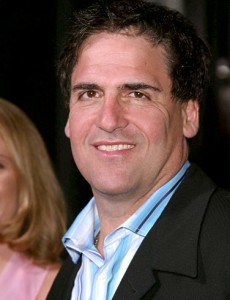The Plan to Mine Outer Space
A group of successful and distinguished individuals are starting a company to capitalize on assets floating around in space. The company is called Planetary Resources. They held a press conference describing their aspirations this afternoon. While this won’t happen overnight, the company has an incredible staff with immense experience and desire to succeed, and they are committed to success. Here’s some of the revolutionary ideas from their plan.










